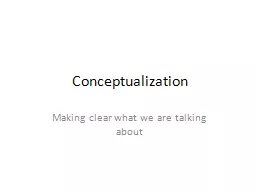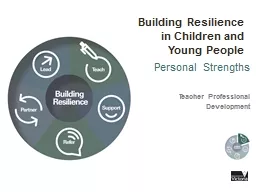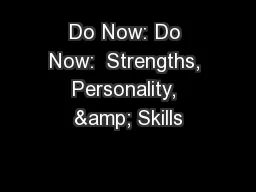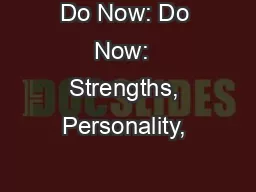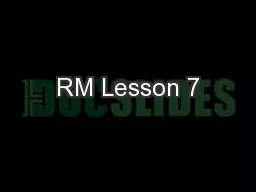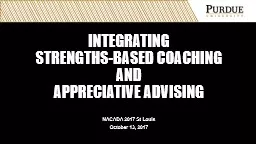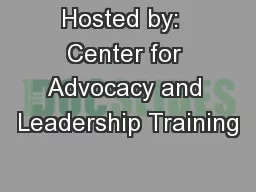PPT-Strengths Based Case Conceptualization
Author : aaron | Published Date : 2018-12-23
Michele Aluoch LPCC c2017 Facts About Solution Focused Therapy Average length of sessions 58 sessions for SFT Average length of sessions for SFBT is 13 sessions
Presentation Embed Code
Download Presentation
Download Presentation The PPT/PDF document "Strengths Based Case Conceptualization" is the property of its rightful owner. Permission is granted to download and print the materials on this website for personal, non-commercial use only, and to display it on your personal computer provided you do not modify the materials and that you retain all copyright notices contained in the materials. By downloading content from our website, you accept the terms of this agreement.
Strengths Based Case Conceptualization: Transcript
Download Rules Of Document
"Strengths Based Case Conceptualization"The content belongs to its owner. You may download and print it for personal use, without modification, and keep all copyright notices. By downloading, you agree to these terms.
Related Documents



